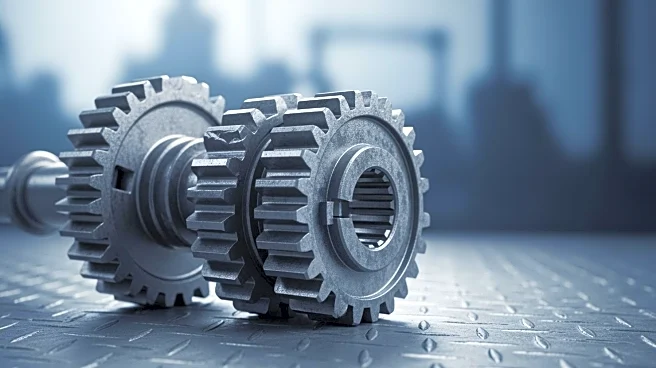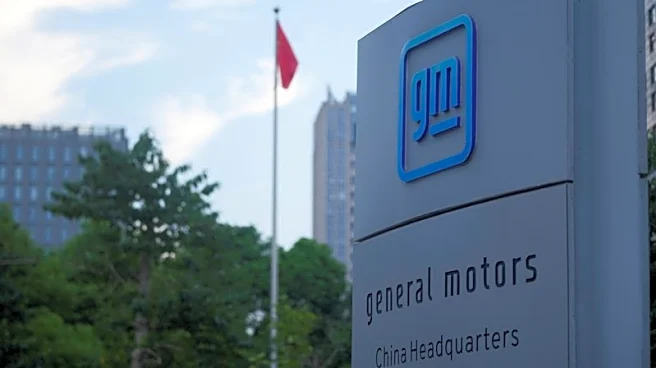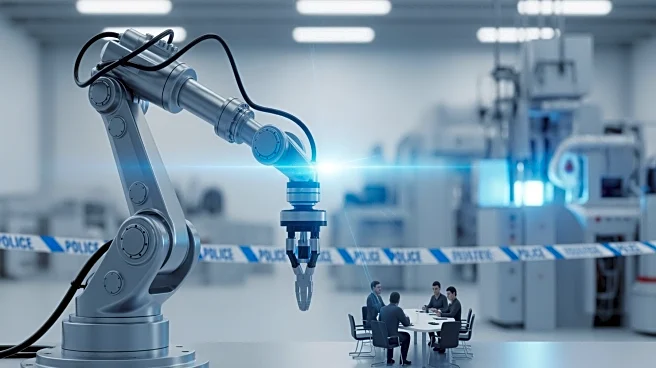What's Happening?
IndustryWeek's latest review highlights several key developments in the manufacturing sector, including job losses, factory gains, and the role of AI. The review discusses the underestimated economic power
of manufacturing, noting that official measurements often fail to capture the full impact of the industry on job creation and innovation. It also addresses the challenges posed by tariff-driven price hikes, with distributor CEOs reporting rapid price increases from suppliers. Additionally, the review covers new manufacturing plant openings across the U.S., job cuts reaching their highest October total since 2003, and insights into AI's role in manufacturing.
Why It's Important?
The manufacturing sector is a critical component of the U.S. economy, influencing job creation, innovation, and economic growth. The challenges highlighted in the review, such as tariff-driven price hikes and job losses, underscore the need for strategic planning and policy adjustments to support the industry. The focus on AI and digital transformation indicates a shift towards more technologically advanced manufacturing processes, which could enhance efficiency and competitiveness. Understanding these dynamics is crucial for stakeholders, including policymakers, businesses, and workers, as they navigate the evolving economic landscape.
What's Next?
Manufacturers and industry leaders will likely continue to adapt to the changing economic conditions, exploring new technologies and strategies to mitigate challenges. The role of AI and digital transformation in manufacturing is expected to grow, with companies investing in smart technologies to improve operations. Policymakers may consider measures to support the industry, such as addressing tariff impacts and fostering innovation. The ongoing analysis of job data and economic indicators will inform future decisions and strategies.
Beyond the Headlines
The review suggests a deeper examination of the manufacturing sector's role in the economy, particularly in terms of innovation and job creation. It highlights the potential for AI to transform manufacturing processes, offering opportunities for increased efficiency and new business models. The focus on tariff impacts and price hikes raises questions about global trade policies and their effects on domestic industries, prompting discussions on how to balance international trade dynamics with local economic needs.












